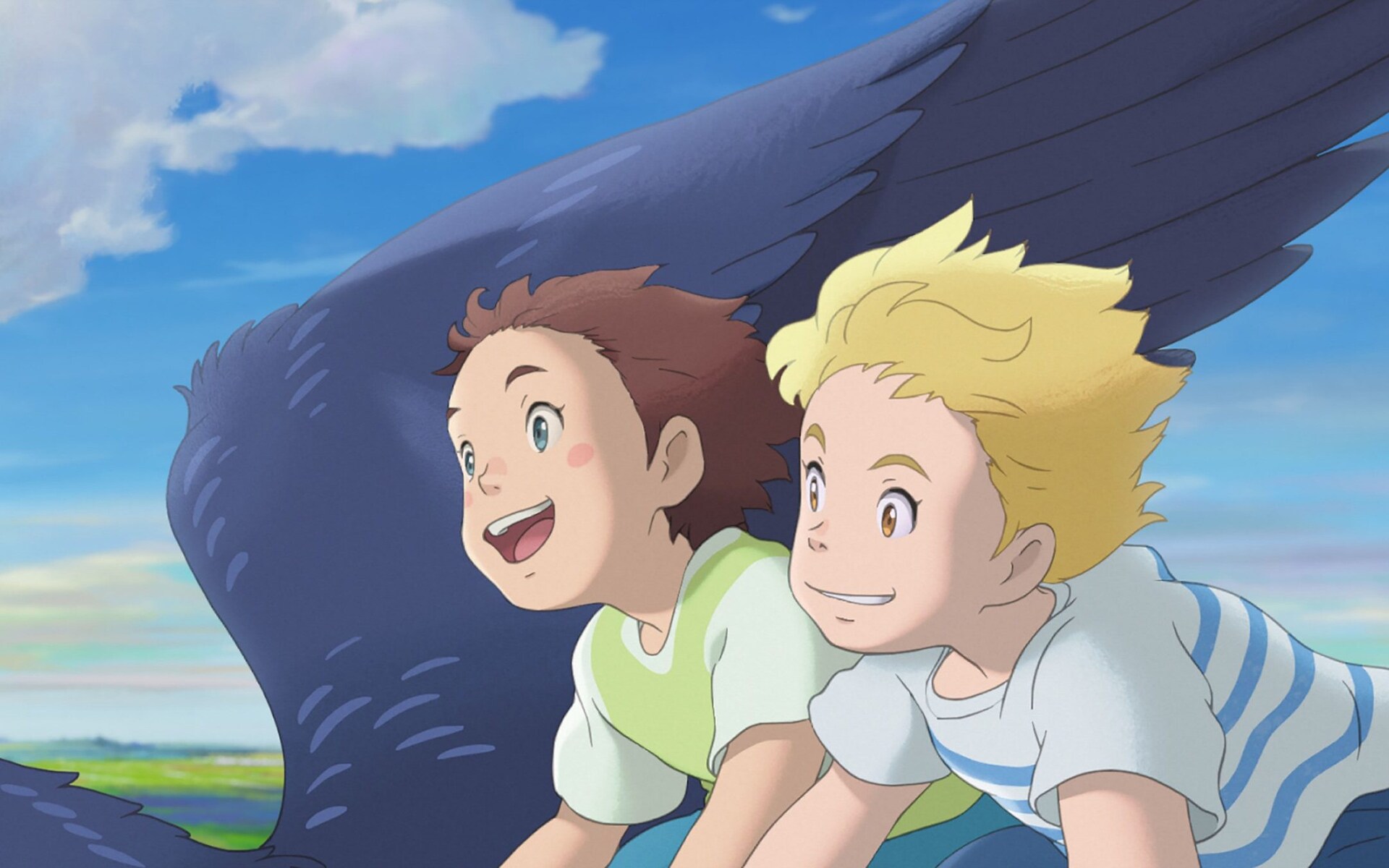
THE IMAGINARY: A SPARKLING ANIME STUFFED WITH SHARP AND MOVING OBSERVATIONS ABOUT CHILDHOOD
We might think of anime as quintessentially Japanese, but some of its finest moments have involved the stirring of knobbly European elements into its bright and agile signature look. Even the family home in the Studio Ghibli classic My Neighbour Totoro was an eccentric cut-and-shut of a low-lying Japanese house and a red-roofed alpine chalet, wedged together on the edge of a wood in improbably charming accord.
The sparkling new family film from Studio Ponoc, the Tokyo animation house founded and staffed by ex-Ghibli artists, is just such a project. An adaptation of the 2014 British children’s novel by AF Harrold, it unfolds in present-day England – and not a prettified tourist version either, but the instantly recognisable real thing, in which a beautiful red-brick Victorian primary school can have a naff perspex shelter bolted to its side, and the posts at zebra crossings are covered in peeling stickers. This is the home town of young Amanda Shuffleup (voiced in the English-language version by Evie Kiszel), who lives with her widowed mother Lizzie (Hayley Atwell) in a flat above their bookshop on the high street.
In her attic bedroom, the girl shares adventures with her dreamt-up playmate Rudger (Louis Rudge-Buchanan), who finds himself at a loose end after Amanda is taken into hospital following an accident in a supermarket car park. While picking up shifts in other kids’ make-believe worlds via a portal in the local library, he also has to dodge Mr Bunting (Downton Abbey’s Jeremy Swift), a sinister stranger with shades of Pennywise from Stephen King’s It, who is sustained by the souls of other people’s stray imaginary friends. Bunting’s own companion – creepier than anything in recent western children’s animation – is a lank-haired, hollow-eyed schoolgirl you keep expecting to clamber scraggily out of the television screen, like Sadako in Ring.
The plot flits across various tiers of reality and is underpinned by a thick Inception-like rule set, which has to be set out before the fun can really start. But with the admin complete, director Yoshiyuki Momose and writer-producer Yoshiaki Nishimura go on to tell a story stuffed with sharp and moving observations about imaginary friendship – both its possibilities and its purposes, sometimes deeply buried.
The animation itself, drawn by hand in the Ghibli tradition, is painterly and tender, with impressively subtle command of light and shade. But while the many childish flights of fancy (a space battle, a sleigh ride, a boat chase) allow Momose and his team to cut loose, the more subdued scenes – from a moonlit residential street to an alleyway wandered down at a time of grief drawn as if it’s streaked with tears – feel just as expressive.
At a time when digital animation is breaking radical new ground, it can be tempting to view the hand-drawn sort as its old-fashioned forebear, with no more scope to evolve. But Momose’s film elegantly proves otherwise: it has the artistry, but also the visionary spark.
PG cert, 108 mins. On Netflix and in selected cinemas from Friday July 5
2024-07-04T11:32:40Z dg43tfdfdgfd